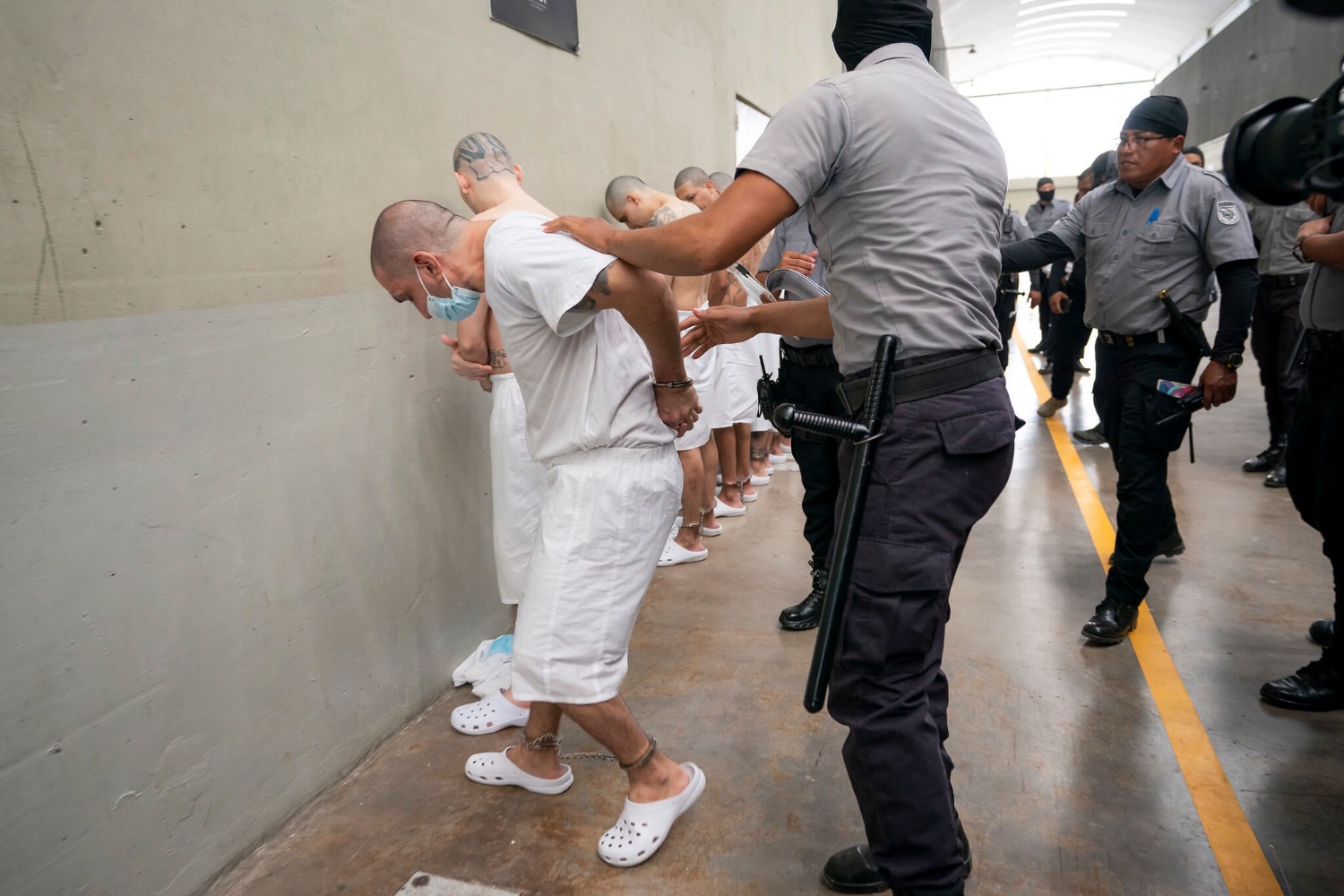Implementing the Refugee EO: Add Grandparents
Implementing a remedial decree always presents challenges. The Supreme Court’s partial stay of lower court injunctions of President Trump’s revised Refugee Executive Order (EO) is an acute example of this venerable truth. The Court’s effort to do equity provided that to be subject to ordinary visa-processing (not the pause in admission to the U.S. decreed by the EO), a noncitizen abroad had to demonstrate a “credible claim” to a “bona fide relationship” to a U.S. person or a U.S. entity.
Published by The Lawfare Institute
in Cooperation With

Implementing a remedial decree always presents challenges. The Supreme Court’s partial stay of lower court injunctions of President Trump’s revised Refugee Executive Order (EO) is an acute example of this venerable truth. The Court’s effort to do equity provided that to be subject to ordinary visa-processing (not the pause in admission to the U.S. decreed by the EO), a noncitizen abroad had to demonstrate a “credible claim” to a “bona fide relationship” to a U.S. person or a U.S. entity. Operationalizing that standard has been a work in progress, but progress has been made. Since Thursday afternoon, the government has wisely added two groups to the ranks of those covered by the stay: refugees with a “formal, documented, and formed in the ordinary course” relationship with a U.S. entity, such as a refugee assistance agency (FAQ 30) and fiancé(e)s of U.S. persons (FAQ 29). EO challenger Hawaii has filed a motion seeking further broadening of the government’s guidance, which still excludes, inter alia, grandparents (and grandchildren) of U.S. persons. In this fluid environment, the government should bring grandparents (and grandchildren) under its protective umbrella (see Marty Lederman’s post here).
Covering this group would be relatively simple, and would take off the table a very sympathetic example that EO challengers have used to drive home their arguments. To see why allowing grandparents (and grandchildren) to be subject to ordinary visa-processing would not be a stretch for the government, it’s useful to understand how such processing works against the backdrop of the Supreme Court’s stay order. Bear in mind that the stay by its terms does not provide any particular individual or group with a right to enter the United States. The stay merely orders that ordinary visa-processing—not the EO—apply to noncitizens abroad with a “bona fide relationship” to a U.S. person or entity. As immigration lawyers know, ordinary visa-processing has advantages, but also has many potential obstacles. The stay leaves those ordinary obstacles in place; for those covered by the “bona fide relationship” standard, the stay merely removes the extraordinary obstacles posed by the EO.
How are grandparents situated under ordinary visa processing? As grandparents, not all that well—the Immigration and Nationality Act (INA) contains no provision granting visas based on a grandparenting relationship with a U.S. citizen or lawful permanent resident (LPR) (see Josh Blackman’s post here), let alone a person resident in the U.S. without such a status. However, for a skilled immigration lawyer, that’s only the beginning.
Just as a competent tax attorney will consider a range of approaches that may allow a taxpayer to claim deductions or otherwise reduce taxable income, an immigration lawyer will consider different legal avenues that will allow a grandparent to enter the United States. The most obvious avenue is one that makes covering grandparents under the stay a simple matter. Suppose a noncitizen abroad has a grandchild who is a U.S. citizen or LPR. Grandchildren who are fortunate enough to have living grandparents also typically have parents. Suppose at least one of those parents is also a U.S. citizen or LPR. Pursuant to human biology, one of those parents will also be the child (or son- or daughter-in-law) of the noncitizen grandparent described above. That child/in-law relationship is squarely covered by the Supreme Court’s stay, and by the State Department’s current guidance. In such cases, grandparents are already protected by the stay, albeit as parents of U.S. citizens/LPRs. Covering grandparents expressly in such cases makes no practical difference at all to the government, which should make this move immediately.
In some cases, noncitizen grandparents abroad will have U.S. birthright citizen children, whose parents are undocumented immigrants living in the United States without a legal status. However, for nationals of the six countries affected by the revised EO’s country-based pause in admissions (Iran, Libya, Somalia, Sudan, Syria, and Yemen), those situations will be relatively rare. Moreover, ordinary visa-processing will often be an obstacle in such cases. A noncitizen grandparent without a U.S. citizen child will not be eligible for an immigrant visa, and will have to apply for a nonimmigrant visitor’s (tourist) visa. Pursuant to the INA and accompanying regulations, U.S. consular officers will deny a tourist visa to an applicant who they believe intends to remain in the U.S. past the visa’s expiration date. Under the INA, a relationship with a U.S. person may support the inference of such disqualifying intent. In other words, ordinary visa processing, which the Supreme Court’s stay leaves in place, will screen out such applicants. Here, too, covering grandparents under the stay will make little practical difference to the government.
The period following the Supreme Court’s stay this past Monday has been hectic. However, progress has been forthcoming, in sharp distinction to the chaotic period following issuance of the original EO in January. Further refinements of the government’s guidance will inevitably ensue as all stakeholders work through the process. On balance, this week provides the basis for cautious optimism about the outcome.



.jpg?sfvrsn=676ddf0d_7)

